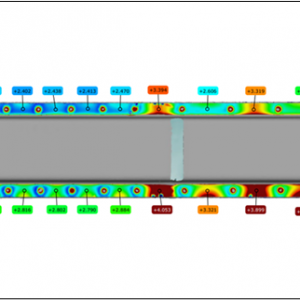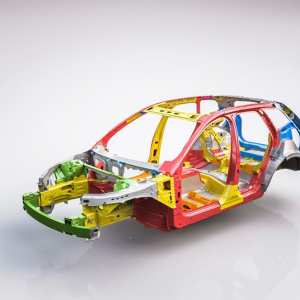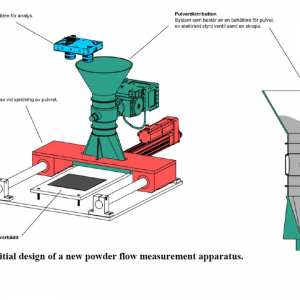Project time: 2017 – 2020
Budget: 20 400 000 kronor
Funding: SIP Produktion2030
Hybrid joints, combination of gluing and mechanical joining are highly demanded where several materials are to be used and assembled. HJT therefore focuses on the smart factory's ability to create flexible production with simulation and programming in a digital twin that combines the latest technology for bonding, assembly and mechanical joining, rheology based simulation and automated collision-free planning. The projects goal is to focus on the whole hybrid joining process and to establish a testbed for hybrid joining as a resource for Swedish Industry.
Hybrid Joining, combining adhesive bonding and mechanical joining, is highly requested wheremulti material designs are to be used. Efficient production for the future requires an overall perspective and a high level of flexibility and automation. Joining today is more or less treated as separate processes with separate disciplines for adhesive bonding, assembly, and mechanical joining or welding operations.
The Hybrid Joining Testbed for Smart Production applied for in Production 2030 therefore focuses on the smart factory’s ability to create flexible production with simulation and programming in a digital twin combining the latest technology for adhesive application, assembly and mechanical joining, rheological based simulation and automated collision free path planning. Today there are very limited possibilities to run tests that cover several of these disciplines and a whole process chain in a controlled w ay. A Hybrid Joining Cell (HJC) with these possibilities and which also includes the effects from pretreatment and painting and the thermal effects in the paint shop oven curing on the hybrid joints and final product geometry will be a very important platform to evaluate new material combinations and new process strategies that can increase the competitiveness of Swedish industry
Knowledge is needed that can support design and control of automation in material handling systems.
2019 – 2022
Dynamic SALSA - Dynamic Scheduling of Assembly and Logistics Systems using AI
2023 – 2026

The project will create a digital tool for solving the largest issue in multi-material design: the Δα-issue.
2020 – 2023

The project will enable joining of new advanced materials by developing a new methodology for weldbonding:
2019 – 2021
Difficulties in joining are often a limiting factor for vehicle manufacturers during product weight reduction.
2020 – 2023

This project intends to design and develop a new test methodology for evaluation of power flowability in powder bed fusion (PBF) systems. The test apparatus will simulate powder flow in PBF machines and can be used for optimizing the powder layering behavior for potential utilization of alternative powder qualities. Additionally, this equipment creates opportunities for both powder producers and AM part manufacturers to minimize powder waste and maximize material utilization.
2017 – 2018
